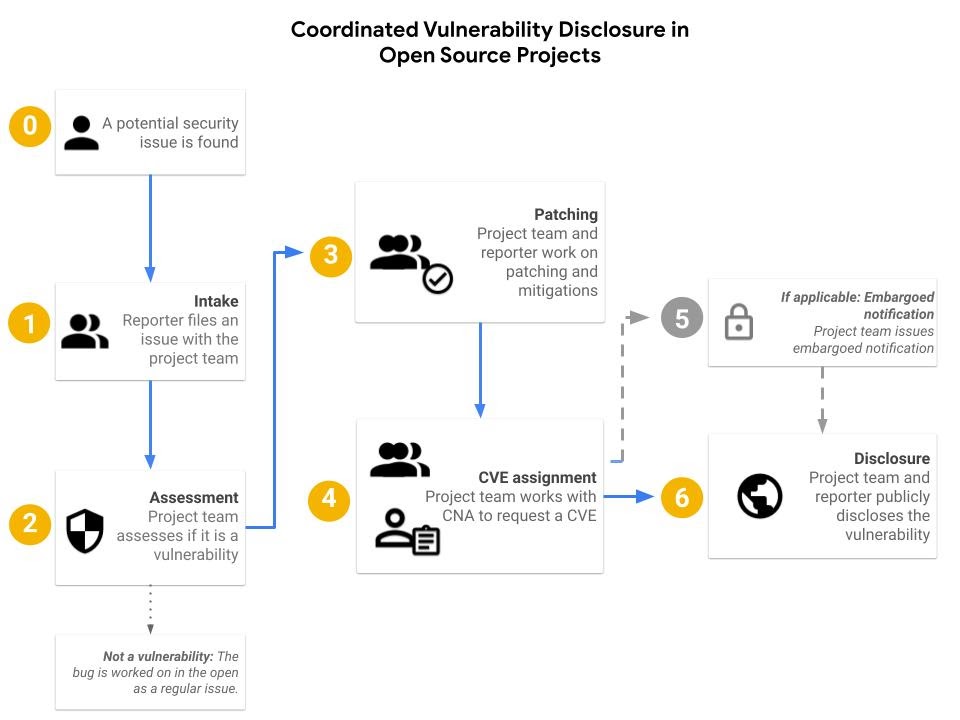For a complete list of the accepted organizations visit the program website where each organization has their own page with details about their org and the all important list of Project Ideas that they wish for students to work on this summer.
Are you a student interested in participating in GSoC this year?
Student applications will open on Monday, March 29, 2021 at 19:00 UTC and the deadline to submit your application is Tuesday, April 13, 2021 at 19:00 UTC.
The most successful applications come from students who start preparing now.
So remember to prepare early! Here are some proactive tips for students to accomplish before the application period begins:
A big congratulations—and thank you—to all of our mentor organizations! We look forward to working with all of you during Google Summer of Code 2021.
By Stephanie Taylor, Google Open Source
- Watch our short videos: What is GSoC? and Being a GSoC Student
- Check out the Student Guide and Student Advice doc
- Review the list of accepted organizations and reach out to the two or three that interest you the most now. All contact information for orgs is available on their organization page on the program site.
- Now is the perfect time to read the Project Ideas of the orgs you are interested in and start asking questions of the mentors so you can understand the project and write a quality proposal as part of your application.
A big congratulations—and thank you—to all of our mentor organizations! We look forward to working with all of you during Google Summer of Code 2021.
By Stephanie Taylor, Google Open Source








